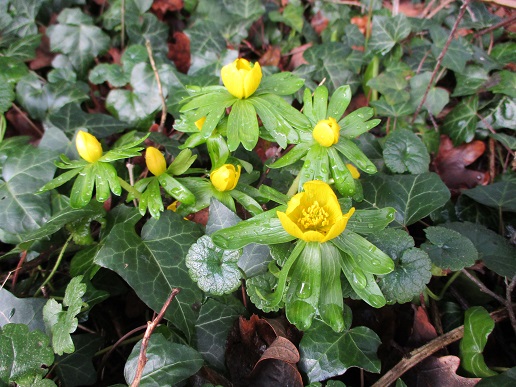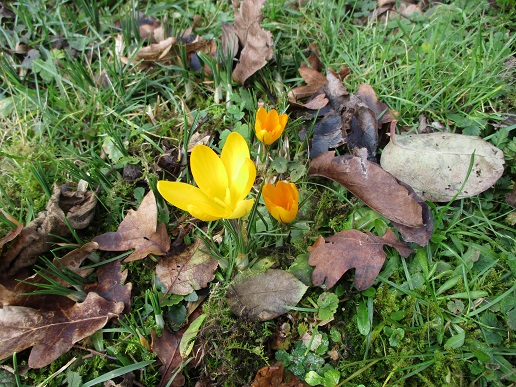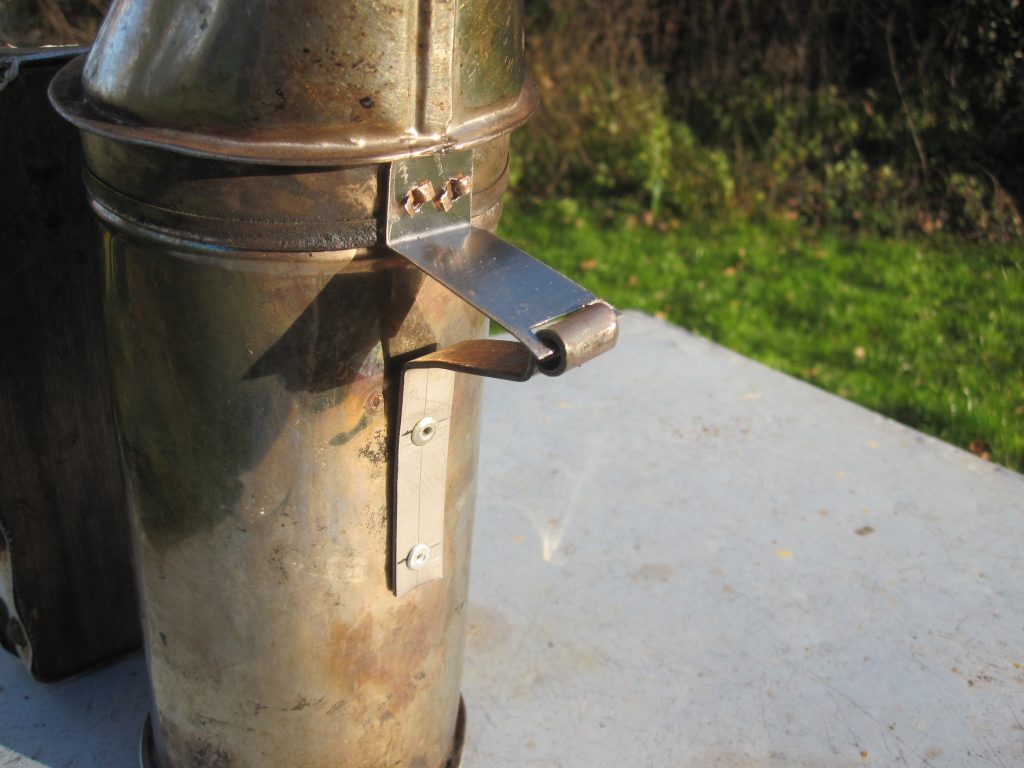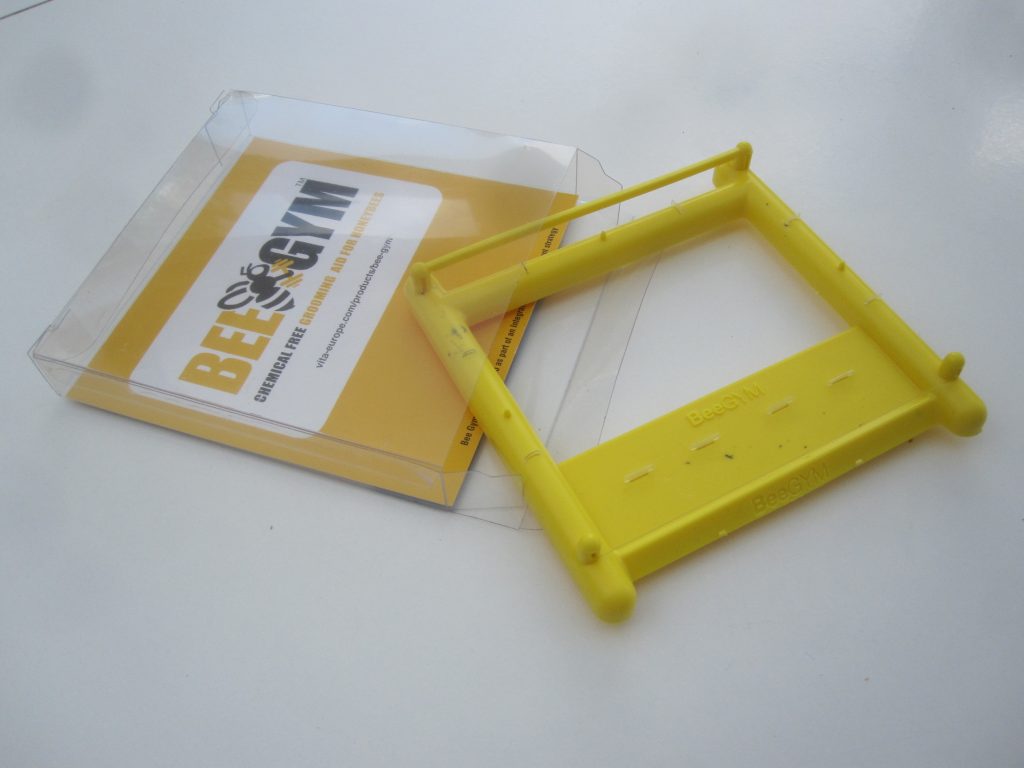A really mixed bag of weather this year. Some glorious spring weather early on and at the end of the month had me thinking that hive spring cleaning could start early again this year. It wasn’t quite warm enough to pass the ‘gardening in your shirt-sleeves’ test so they have been left undisturbed. All the hives are active on the warmer days as witnessed by the activity on flowers around the garden.

Aconite 
Crocus 
Snowdrop 
sarcococca
Although no varroa treatment is actively being pursued at this time, the drop tray gives a good indication of the size of the cluster and its position in the hive. Instead of looking for varroa one can inspect the spread of discarded cell cappings; where are they in the box? Are they moving around to find food?
Not having seen the green woodpecker for several months I decided to gamble on the netting and left it off. I kept a constant presence in the apiary however, inspecting for any signs of hive damage.
In the workshop, some equipment has been repaired or replacements made. I now have another design of clearer-board, two new crown boards and several new entrance blocks. The old entrance blocks were a good indication of what forty years of bee foot-fall wear can do to a piece of wood.
Probably one of the most useful jobs done this winter was to totally clean and recondition the smoker. Apart from the hive tool, the most used item in the tool box so it takes quite a hammering throughout the year.





